Night Stages Alive: Dynamic LED Lighting for Concerts
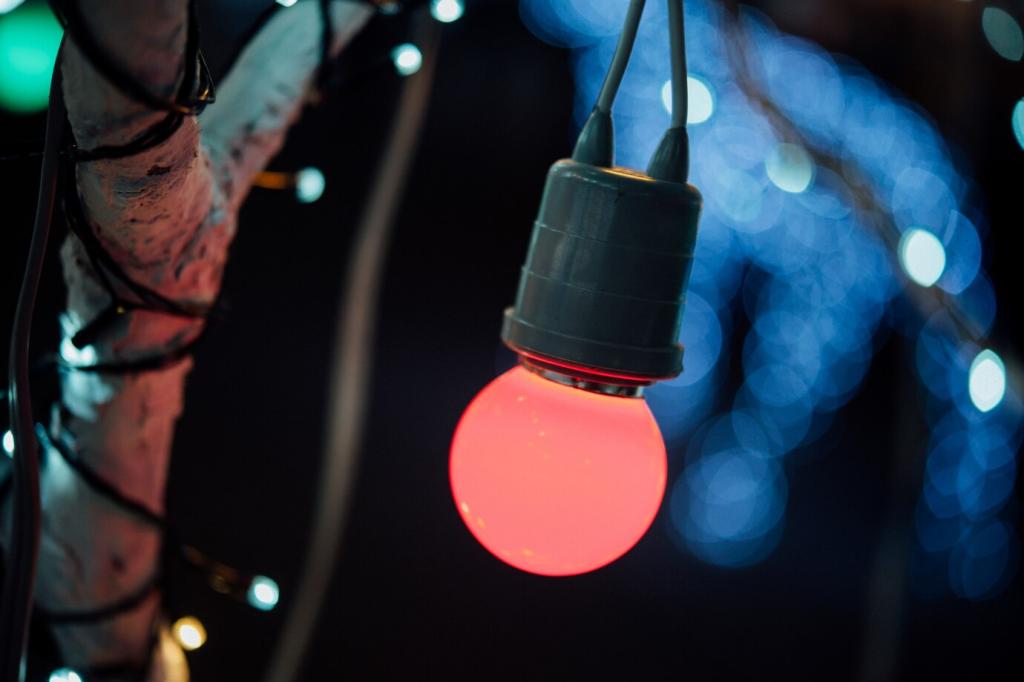
Designing a Dynamic LED Rig for Night Venues
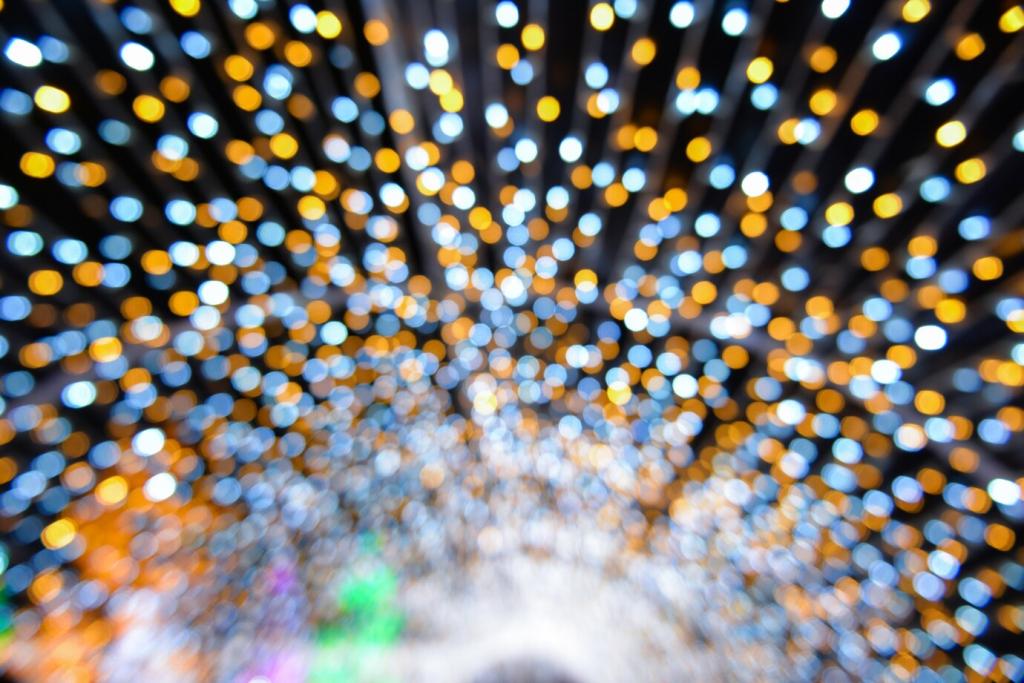
Sketch the stage from multiple audience vantage points to avoid dead zones and light spill. Layer fixtures for foreground texture and background depth, reserving negative space for dramatic contrasts. Share your plot sketches—what tricks help you prevent hot spots and shadows?
Timecode ensures precision for complex medleys, but a tap-tempo cue stack can capture spontaneous energy. Hybrid workflows offer the best of both worlds. How do you balance structure and freedom? Comment with your go-to method for handling unexpected tempo shifts at night.
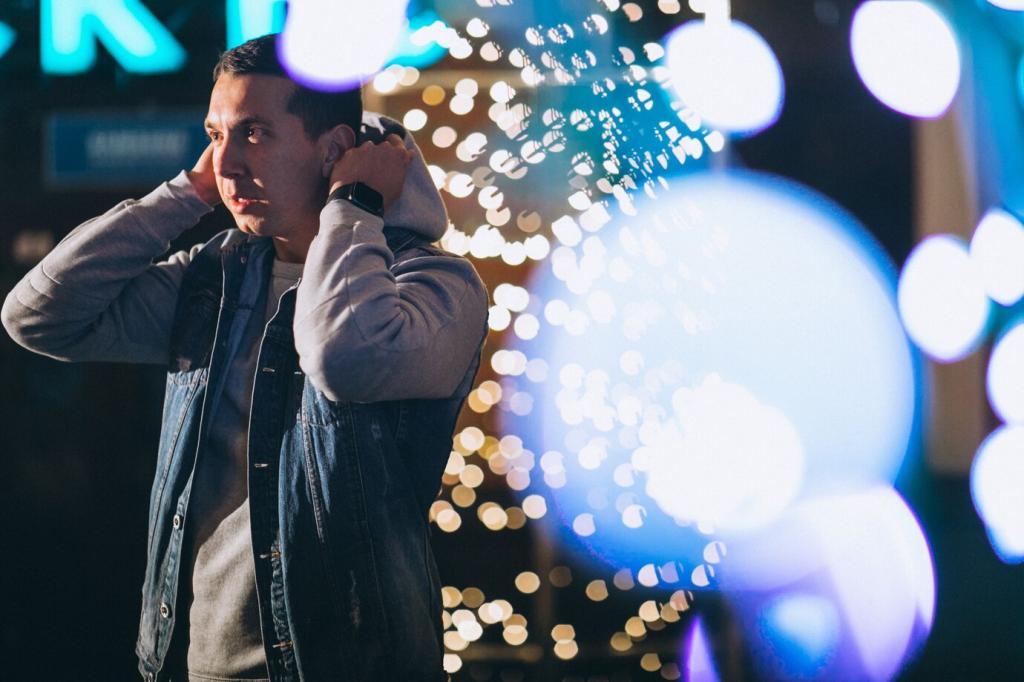
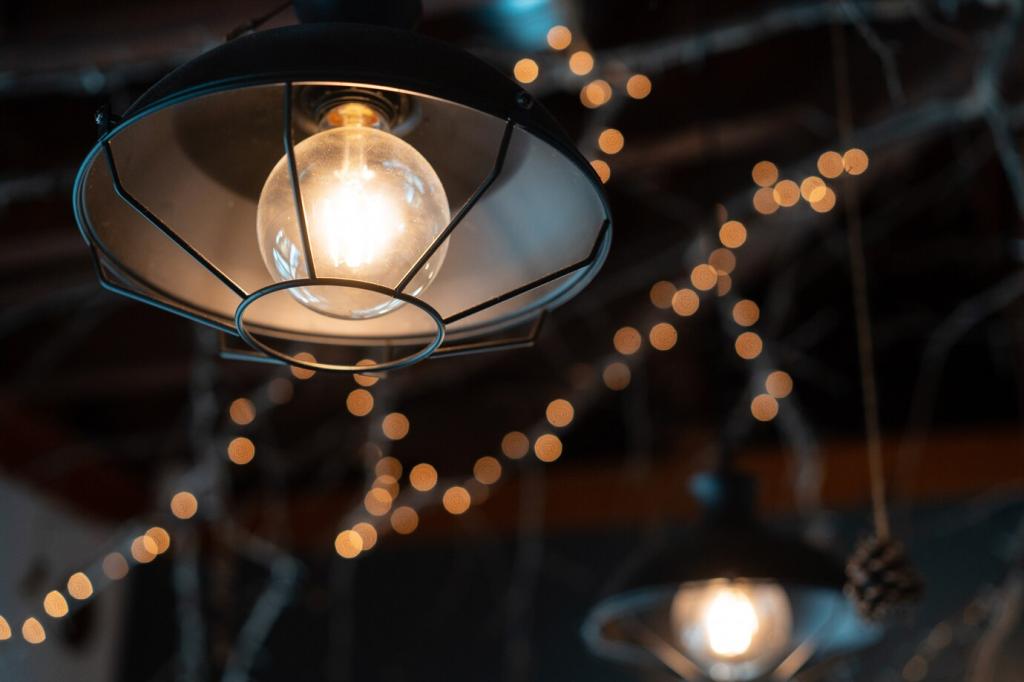
Blend LED washes for skin, beam fixtures for aerial shapes, and pixel bars for kinetic frames. IP-rated units protect against dew and mist. Reliability after midnight matters—what fixture has surprised you with performance under fog and wind?
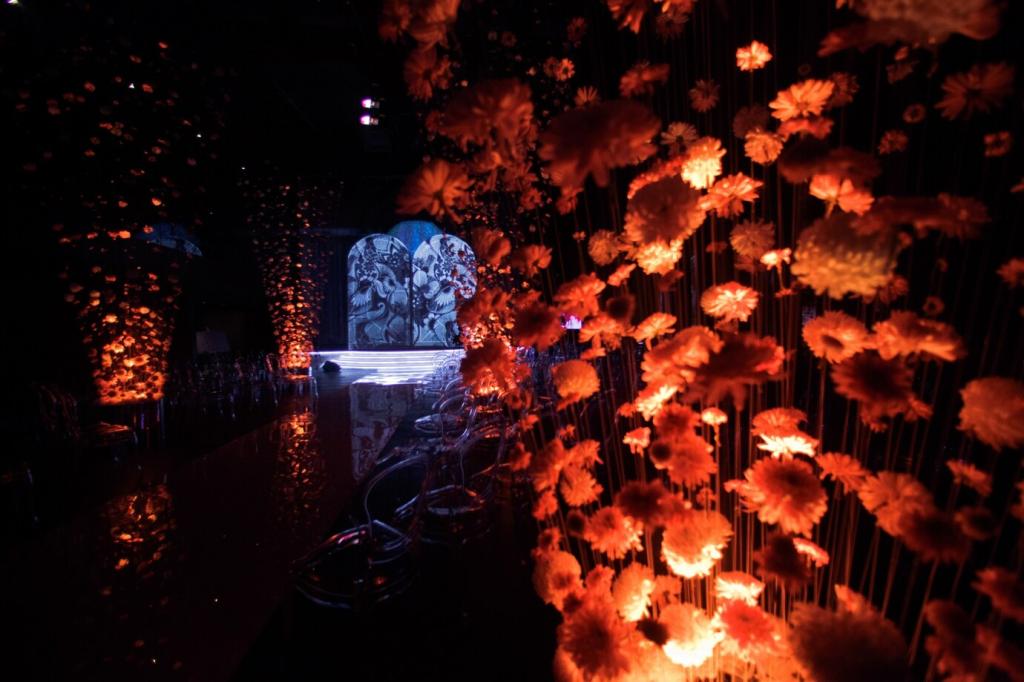
DMX512 handles precise fixture channels, while Art-Net or sACN move lots of data over Ethernet for big pixel maps. Separate show and management networks to reduce chaos. Tell us your favorite topology for fast troubleshooting when the headliner is already on stage.

Media servers power complex video-to-light looks and timeline accuracy. Use LTC or network time sync to lock visuals with the band. What’s your secret for keeping video walls, LED strips, and strobes perfectly aligned through encores?
Why LEDs Win on Energy and Heat
LEDs deliver high output with far less power draw than legacy discharge fixtures. Cooler operation reduces stage heat, improving performer comfort and reducing cooling needs. Have you tracked energy savings across a tour? Share your numbers and lessons.
Smart Power: Batteries and Generators
Hybrid setups use batteries to smooth peak loads and keep generators right-sized and efficient. Schedule dim states between sets and automate power zones. What strategies help you keep fuel use low without dimming the magic?
Reuse, Rentals, and Modular Design
Design modular truss and panel systems so parts travel light and serve multiple shows. Rent specialized fixtures rather than owning rarely used units. Tell us your best modular hack that keeps looks fresh and freight minimal.
Safety and Comfort in the Night Environment
Aim fixtures to avoid direct line-of-sight glare and stroboscopic fatigue. Use diffusion and lower-intensity keys for close-ups. Musicians need to see frets and faces—what dimmer curves and shutter tricks help you keep eyes happy?
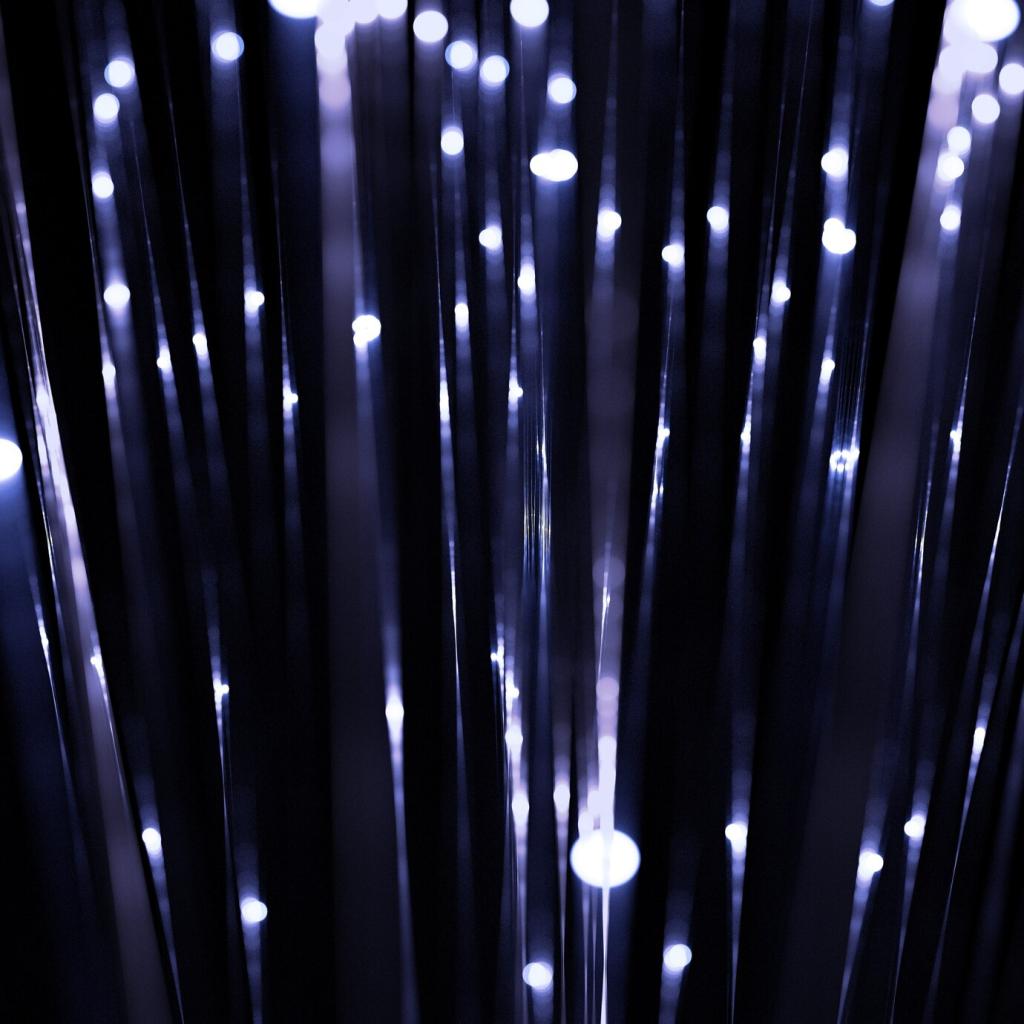
Case Story: Riverfront Night Concert
We mapped reflections off the water and placed pixel bars low to paint the river without blinding the audience. Narrow beams framed the skyline, while warm face lights kept performers natural. What’s your process for scouting reflective surfaces at night?
Case Story: Riverfront Night Concert
A breathy cyan intro, a gold-and-rose chorus bloom, and a finale with crisp white sweeps over the crowd. The rig stayed dynamic but disciplined, so every chorus felt earned. Which of those looks would you adapt for your next headline moment?
Case Story: Riverfront Night Concert
We logged cable routes, power loads, and audience sightline feedback for future tours. The biggest win: simpler palettes with bolder moments. Subscribe for the full cue stack breakdown, and drop your questions—we’ll answer the top picks in our next post.
